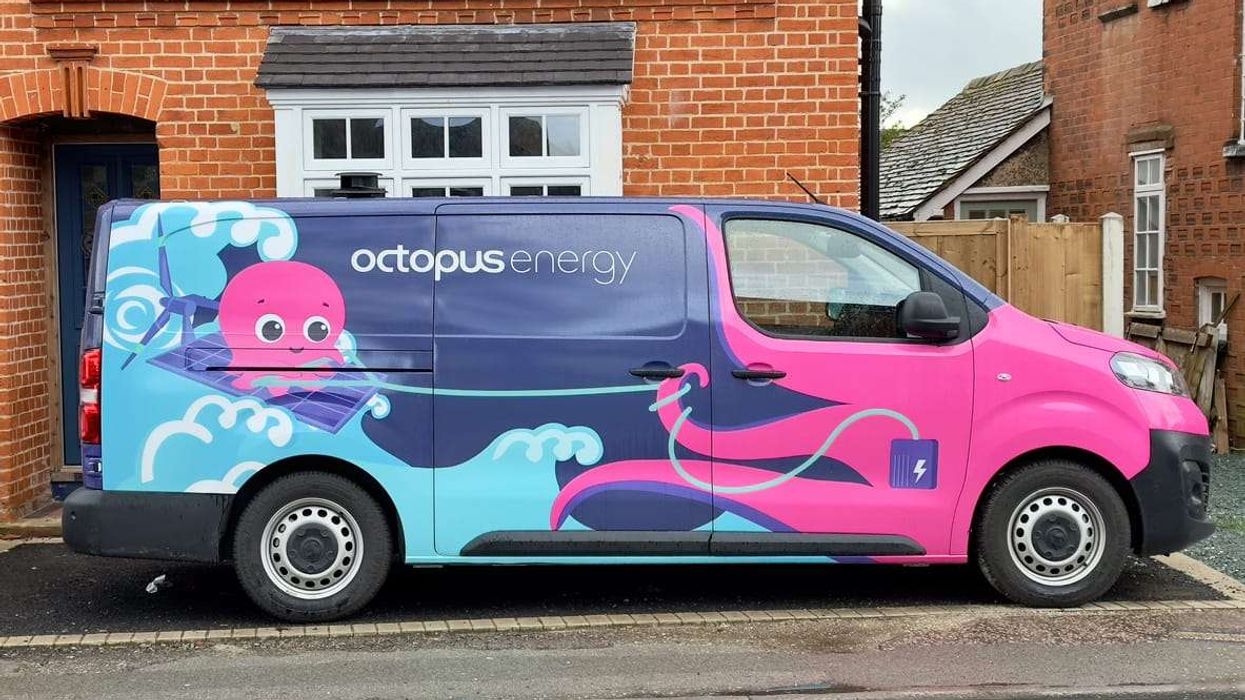With technological advancements happening left and right, cashless transactions are gaining more traction all around the globe. An article on The Guardian noted that one in ten adults in the UK are now living the cashless life, with their number jumping from 3.4 million to 5.4 million. India's Prime Minister Narendra Modi even encourages the shift towards cashless transactions because he believes that the Large Volumes of Cash (are a) Source Of Corruption. With cashless payments growing more and more popular, here are some of the things you need to know about digital transactions as a small business owner:
Pros of going cashless:
Less Crime
Without physical cash present in your store, the chances of getting burgled dramatically decreases, which will allow you to have lower insurance premiums. Cashless payments also take the load off of your staff since they will no longer need to cash up after every business day.
More convenient and more efficient payments
Research has revealed that over half of a business's customers would walk away from stores that only offered cash transactions. This is why modern cashless machines are designed to be as convenient as possible for the customer. FIS' portable card machine page shows how today’s card processing machines accept a wide variety of payment options, ranging from Visa and MasterCard to Apple Pay and Samsung Pay. This shows how the public is getting used to not having to use cash. Like in most industries, adapting to the latest technology is a great way to improve efficiency and customer satisfaction.
Avoiding long bank transactions and queues
With many industries already shifting to the digital space, bank branches are rapidly diminishing. Given this, owners and staff would have to travel far, and dedicate hours of their time for cash-related banking. All in all, The Balance pointed out that cashless payments require less time and expenses as you don’t have physical money to handle, store and deposit.
Cons of going cashless:
Fewer options
About 8 million people are still struggling to cope with the cashless transaction becoming the new mode of payment. Many individuals are heavily reliant on cash as it helps them with budgeting and provides privacy and peace of mind. If you completely shift to cashless payments, you are at risk of losing customers who are more comfortable paying with cash.
More chances for system failures, fraud, and data breaches
Although the likelihood of burglaries and other crime decreases, fraud and data breaches present new threats. Unlike cash payments that can be done anonymously, digital transactions pose threats to your data because payment information can turn up in unpredictable ways as explained by Money Under 30. For example, if hackers get a hold of your information, they can potentially drain your account and you'd have to face significant inconveniences.
Reduced flexibility
With your money going straight to your account, Coin Recaps believes that it will be easier for banks and governments to freeze your assets or stop wages if you don’t pay taxes, loans, and many other monetary responsibilities. Moreover, in the face of a widespread power outage or any other technological issue, your business will be rendered unable to purchase or sell anything.











